Description
Latin Name: Liriodendron tulipifera
Other Common Names: Tulip Tree, canoe wood, saddle-leaf tree, yellow-poplar, poplar, tulip-poplar, white poplar, whitewood
Hardiness Zones: 4-9
Mature Size: A fast-growing tree typically reaching 60-120 ft (18-36 m) in height with a spread of 30-50 ft (9-15 m) wide. Ideal for spacious yards. In its youth and middle age, it exhibits a pyramid-shaped crown, which becomes more irregular and open as it matures (Ohio State University). The root system is shallow (Missouri Botanical Garden).
Preferred Soil and Climate: Native to the eastern U.S., the tulip tree thrives in deep, moist, fertile soil, preferably slightly acidic, though it can tolerate a range of soil types. It prefers locations with adequate moisture and avoids very dry, hot sites. It grows well in full sun or partial shade.
Additional Notes: The tulip tree’s bright green leaves resemble tulip flowers and turn a vibrant golden yellow in fall, creating a stunning display. It requires ample space due to its large size and is sensitive to fall transplanting; precautions should be taken to avoid winter salt spray in the first winter after planting. Leaves are square-shaped, medium green, arranged alternately, with 4 lobes and reaching about 8 in (20 cm) across (Missouri Botanical Garden). They flutter even in light breezes. Flowers appear in May and June, large and showy, with 6 greenish-yellow petals resembling tulips, surrounded by bright orange and yellow inside (Ohio State University). The flowers are typically around 2 in (5 cm) in size. After flowering, cone-shaped brown fruits develop, containing numerous winged seeds (Missouri Botanical Garden). Trees generally do not flower until they are at least 15 years old, initially flowering on upper branches, with heavier flowering on lower branches as they mature. The trunk is typically straight and central, often without lower branches. Bark starts light gray and matures to brown with intertwined ridges and deep grooves (Ohio State University). The wood is easy to work with and commonly used in cabinetry and furniture framing. Native Americans historically used tulip tree wood for making dugout canoes. It serves as the state tree for Indiana, Kentucky, and Tennessee (Missouri Botanical Garden).
Common Issues: Generally free of serious problems but susceptible to scale and aphids. Severe aphid infestations can lead to sooty mold (Missouri Botanical Garden).
Wildlife: In fall and winter, young tulip trees are browsed by white-tailed deer and rabbits. Greenish-yellow flowers provide nectar for ruby-throated hummingbirds. Tulip tree seeds mature in summer and persist into winter, providing food for birds and mammals such as finches, cardinals, quail, mice, red squirrels, gray squirrels, and rabbits.
Cold Stream Farm supplies Tuliptree trees which are grown as bare root seedlings and transplants and sold both wholesale and retail with no minimum order.
Sources:
Ohio State University: Tulip Tree
- Missouri Botanical Garden: Liriodendron tulipifera
Additional information on Liriodendron tulipifera can be found on the link: USDA / NRCS PLANTS Database.

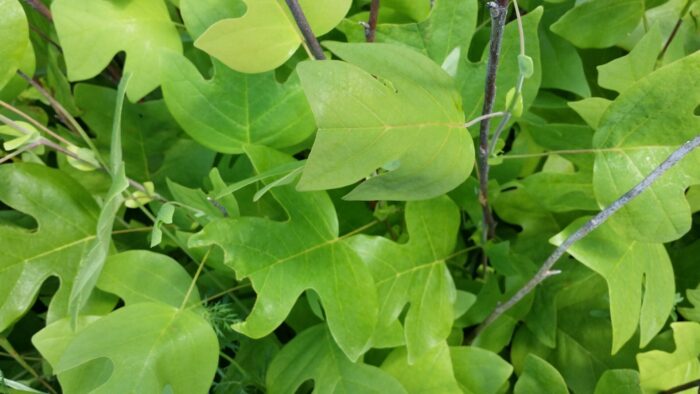
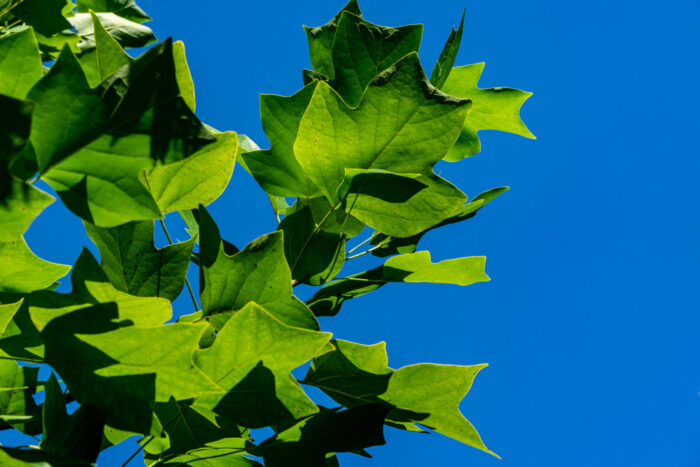
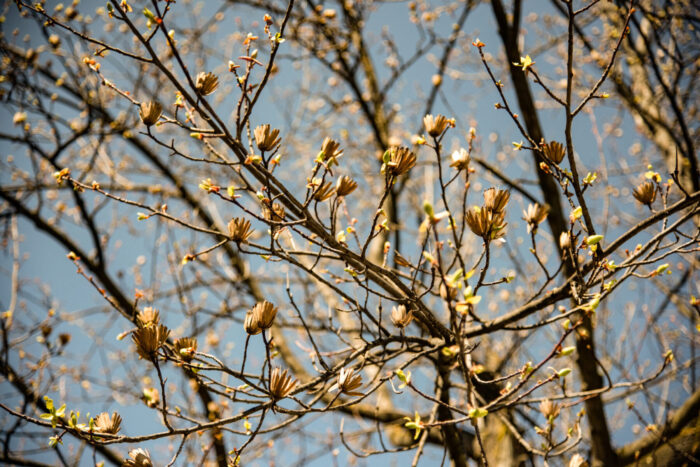
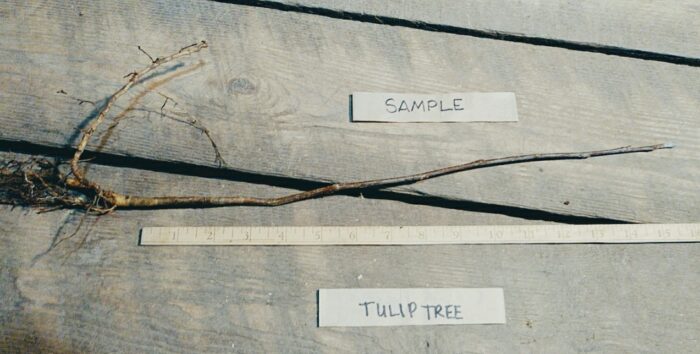

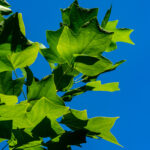
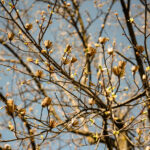


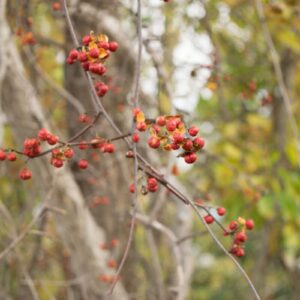
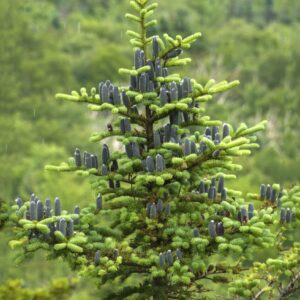
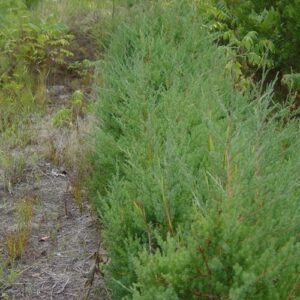

Reviews
There are no reviews yet.